There has always been a lot of discussion and debates concerning the use of African hairstyles by modern celebrities and whether or not it is cultural appropriation.
The major consensus, from those who actually know the history and significance behind these hairstyles would agree that the use of them by other cultures is not correct. That is not to say that no one can have these hairstyles, but merely having them as a ‘fashion statement’ is actually insulting to the painful history behind these hairstyles.
So before you go spouting that ‘now we don’t even have the freedom to have a hairstyle we like’, take a look at what these hairstyles actually mean to the Africans or even people of colour.
What Are Cornrows?
Cornrows have originally come from the Stone Age paintings found in the Tassili Plateau in the Sahara region and their usage goes as far back as the 3000 B.C.
The hairstyle that is also called canerows in the Caribbean region is a type of African braiding hairstyle in which you braid the hair very close to the scalp in an underhand, upward motion in order to create a single line of raised row.
While mainly the cornrows are created in neat linear rows, they can also be formed in a myriad of geometric and curving designs.
Cornrows have major cultural and historic significance for African origin people and misusing them can and has resulted in a major backlash from the community.
Used By Slaves As Maps To Escape?
While travelling its way from Egypt and Africa, cornrows create an immediate connection between people of the community acting almost like a kind of vocabulary.
As per Patrice Grell Yursik, who is the author of the blog AfroBella, “In Trinidad, we call them ‘cane rows,’ because of slaves planting sugar cane“.
Not only that but cornrows are also indicative of a variety of social concepts like kinship, age, religion, ethnicity, status and more such things related to one’s identity.
During the Middle Passage or the period in the Atlantic Slave Trade when millions of Africans were brutally ripped from their homes and shipped to the New World (America), according to sources, the heads of the captured slaves were shaved not only as a sanitary means but also to take away their own culture and identity from them.
Adopting this hairstyle by slaves over their time in the New World was a small act of rebellion and resistance to keep their heritage close to them.
The African hair is also quite heavy and according to some sources during the Middle Passage was considered ‘unruly’ so in order to maintain a neat and tidy appearance African people started to wear their hair in tight braids like cornrows and more.
But perhaps the biggest way that cornrows helped the African slave population was by providing a discreet and easy to hide way to transfer and create maps in order to leave their captor’s place.
As per sources, Benkos Bioho a King was captured from Africa by the Portuguese before finally finding his way in Cartagena, a port city located on Colombia’s Caribbean coast. After attempting several times to escape from his masters, he finally succeeded and went on to build San Basilio de Palenque, a village in Northern Colombia in around the 17th century.
The village is a walled city that was meant to be a refuge for escaped slaves and help them get back on their feet.
Bioho not only built the village with other escaped slaves but also created their own language, formed an army and even created an intelligence network in order to find, organize and get them to the liberated areas.
Bioho was the person that had the idea to have woman create maps and even deliver messages through their cornrows.
Since slaves were rarely given the privilege of writing material or even if they did have it, such kind of messages or maps getting in the wrong hands could create a lot of trouble for the people in question, cornrows were the perfect way to go about such things.
No one would question or think that one could hide entire maps in their hairstyle, so it was easy to circulate them without anyone finding out about it.
Another thing that Bioho did was have these women use seeds as decoration in their hair, these seeds were then used as a way for the liberated slaves to grow their own crops.
The most fascinating thing is that the city of San Basilio de Palenque still exists and has a population of about 3500 people.
Why Is It Not Right To Use Them?
After having such close and intimate meaning for the African people, cornrows were at large considered to be dirty and unbecoming of ‘normal citizen’ look that people wanted.
Africans were banned and stopped at various places for wearing their hair in such a fashion as according to them it looked dirty, unkempt, and unprofessional. A woman in early 2017 was told to ‘correct’ her hair at her job at the Banana Republic by her manager who said that her hair was too “urban” and “unkempt” and not appropriate for the brand.
While on the other hand, when white people wear these same hairstyles, they are considered fresh and stylish, something that hundreds of women want to copy.
Image Credits: Google Images
Sources: Wikipedia, CSDT, Refinery 29 + more
Other Recommendations:
http://edtimes.in/2016/09/marc-jacobs-fake-dreadlocks-ben-kingsley-as-sardaar-and-other-cases-of-cultural-misappropriation/




























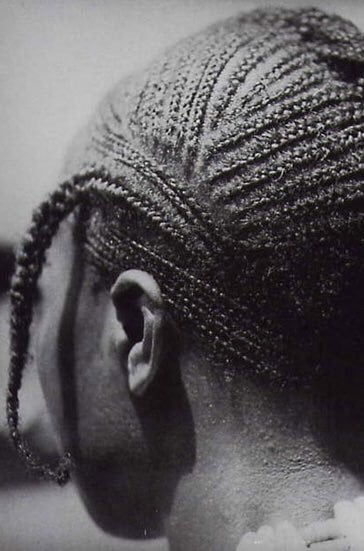
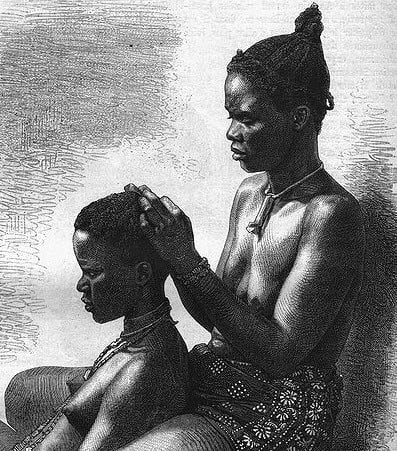
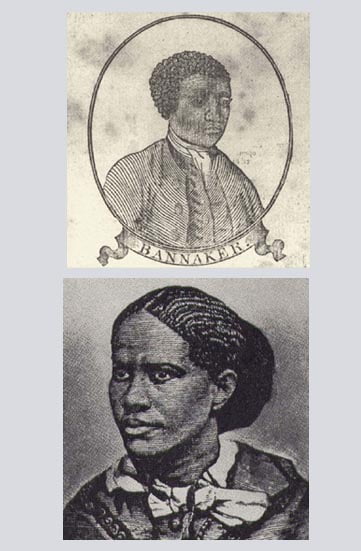


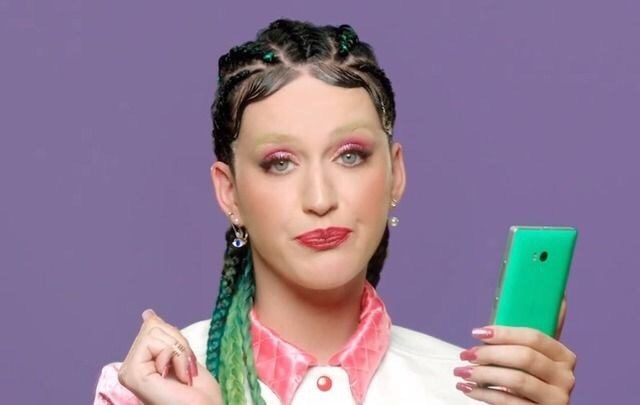


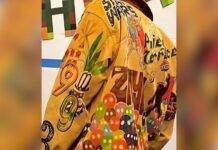







This is wonderful knowledge that I did not previously know. Now that I have learned it I will share it.
While on the other hand, when white people wear these same hairstyles, they are considered fresh and stylish, something that hundreds of women want to copy.
Racist as fuck, you sick bigot.
Nothing is stolen from white people. Please consider the term “culture vultures”.
so u a foreign slave making a map of a place you are NOT familiar of…..LOL
Loved this article:D this shows how creative we are. Love that for my people.